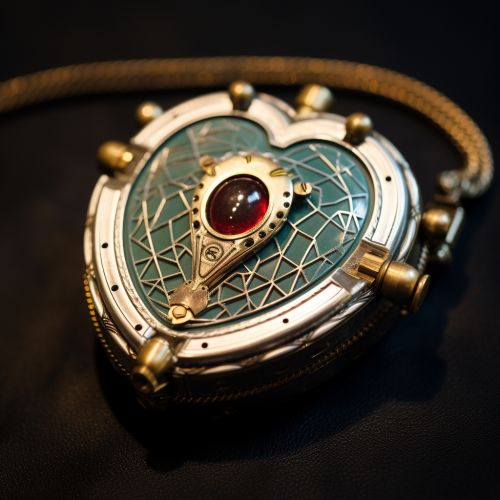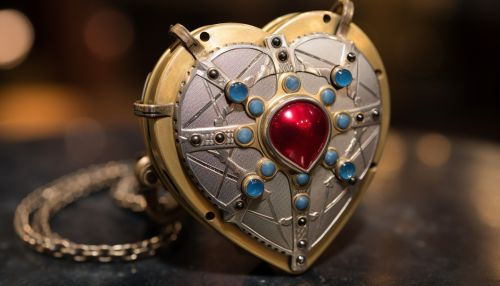Pacemaker
Overview
A pacemaker is a small device that's placed under the skin in your chest to help control your heartbeat. It's used to help your heart beat more regularly if you have an irregular heartbeat (arrhythmia), particularly a slow one. Implants are usually carried out under local anaesthetic.


History
The development of the pacemaker has a long history, starting with the first external devices in the early 20th century. The first implantable pacemakers were developed in the late 1950s. The technology has evolved significantly over time, with modern devices being small, reliable, and sophisticated.
Function
A pacemaker sends electrical impulses to the heart to help it pump properly. An electrode is placed next to the heart wall and small electrical charges travel down this wire and stimulate the heart. This can help control arrhythmias, which are problems with the speed or rhythm of the heartbeat.
Types of Pacemakers
There are several types of pacemakers, including single-chamber, dual-chamber, and biventricular. The type of pacemaker a person needs depends on the nature of their heart condition.
Implantation Procedure
The procedure to implant a pacemaker does not require open heart surgery, and most people go home within 24 hours. Before the surgery, medication may be given to make you sleepy and comfortable. Generally, the procedure is performed under local anesthesia.
Risks and Complications
While pacemaker surgery is generally safe, there is a risk of complications, including infection at the pacemaker site, allergic reaction to the medication used during surgery, swelling, bruising or bleeding at the generator site, especially if you are taking blood thinners, damage to your blood vessels or nerves near the pacemaker, collapsed lung.
Living with a Pacemaker
Most people with pacemakers can lead full and active lives. However, they need to take certain precautions and may need to avoid close or prolonged contact with electrical devices or devices that have strong magnetic fields.
Future Developments
Research is ongoing into developing more advanced pacemakers that can monitor and respond to a wider range of physiological parameters, potentially improving the quality of life for people with pacemakers.
